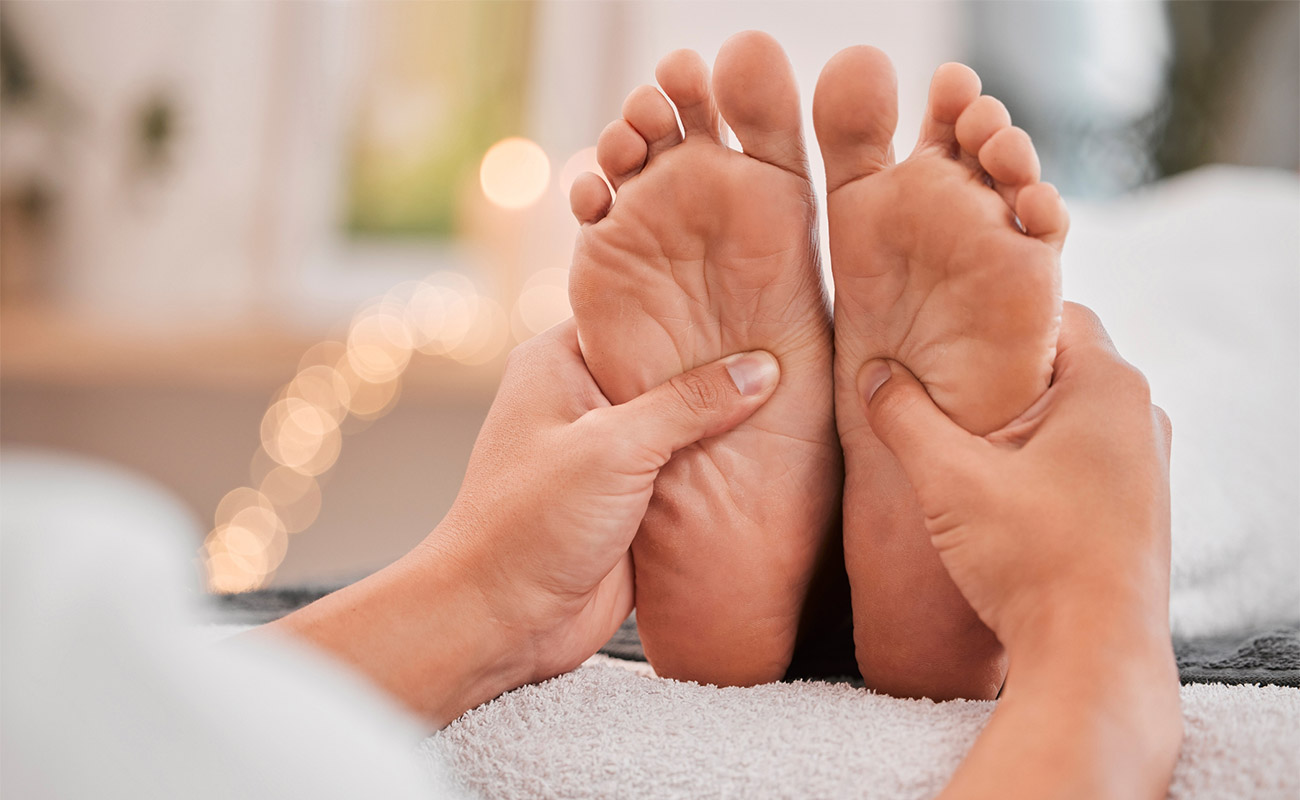
Reflexology, an old recovery technique that has actually stood the test of time, continues to mesmerize the minds and soles of individuals worldwide. This holistic therapy is based on the concept that particular factors on the feet, ears, and hands correspond to various body organs and systems within the body. By using pressure to these points, professionals intend to advertise healing, eliminate anxiety, and restore balance to the body.
The Origins of Reflexology
While the exact beginnings of reflexology are disputed, proof recommends that similar techniques have existed for thousands of years across different cultures. Old Egyptian burial places portray what seems foot massages, while traditional Chinese medicine has long acknowledged the interconnectedness of different body components. The modern technique of reflexology, nevertheless, was created in the very early 20th century by Dr. William Fitzgerald and later on refined by Eunice Ingham, often referred to as the “mommy of reflexology.”
How 秋葉原 behind reflexology is that the body is split into 10 vertical areas, each matching to various body organs and body components. By using stress to certain factors within these areas, reflexologists think they can impact the equivalent areas of the body. The tips of the toes are thought to correspond to the head, while the sphere of the foot is connected with the breast and lung location.
Possible Benefits of Reflexology
Proponents of reflexology declare a large array of benefits, including:
Tension decrease and relaxation
Enhanced blood circulation
Enhanced body immune system feature
Pain relief, specifically for migraines and migraines
Improved rest top quality
Alleviation of digestive concerns
While clinical research on reflexology is recurring, several individuals report considerable enhancements in their general well-being after receiving treatments. It’s vital to note that reflexology is typically taken into consideration a complementary treatment and must not replace traditional healthcare.
What to Expect During a Reflexology Session
A common reflexology session lasts in between 30 to 60 mins. The reflexologist will begin by examining your feet before using pressure to particular points.
Self-Reflexology Techniques
While specialist sessions can be useful, you can also practice some basic reflexology strategies in the house. Here are a couple of easy exercises to attempt:
Foot rolling: Roll a tennis sphere or specialized reflexology sphere under your foot for a couple of mins every day.
Thumb walking: Use your thumb to “stroll” along the soles of your feet, using stress as you go.
Hand reflexology: Apply stress to the facility of your hand utilizing your thumb from the contrary hand.
Integrating Reflexology into Your Wellness Routine
As with any brand-new health and wellness technique, it’s crucial to approach reflexology with an open mind and sensible assumptions. While it might not be a magic bullet, many locate that routine reflexology sessions or self-practice can be a useful enhancement to their general health routine. Whether you’re looking for stress relief, discomfort administration, or simply a moment of leisure, reflexology supplies an unique approach to supporting your mind and body.
Bear in mind, if you have any type of wellness worries or are pregnant, it’s always best to talk to your doctor prior to starting any kind of new therapy, consisting of reflexology. With its gentle strategy and capacity for promoting total wellness, reflexology proceeds to be a preferred choice for those seeking an all-natural, alternative strategy to wellness and wellness.
While the exact origins of reflexology are discussed, evidence recommends that comparable practices have actually existed for thousands of years throughout different societies. The modern-day technique of reflexology, however, was developed in the early 20th century by Dr. William Fitzgerald and later on refined by Eunice Ingham, commonly referred to as the “mother of reflexology.”
The essential concept behind reflexology is that the body is divided right into ten upright areas, each matching to different body organs and body parts. As with any new health and wellness practice, it’s crucial to come close to reflexology with an open mind and reasonable expectations. Whether you’re seeking stress and anxiety alleviation, pain management, or merely a moment of relaxation, reflexology supplies a special technique to supporting your body and mind.